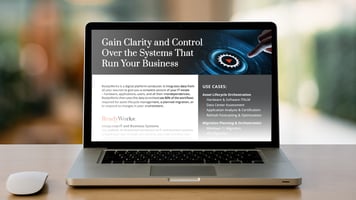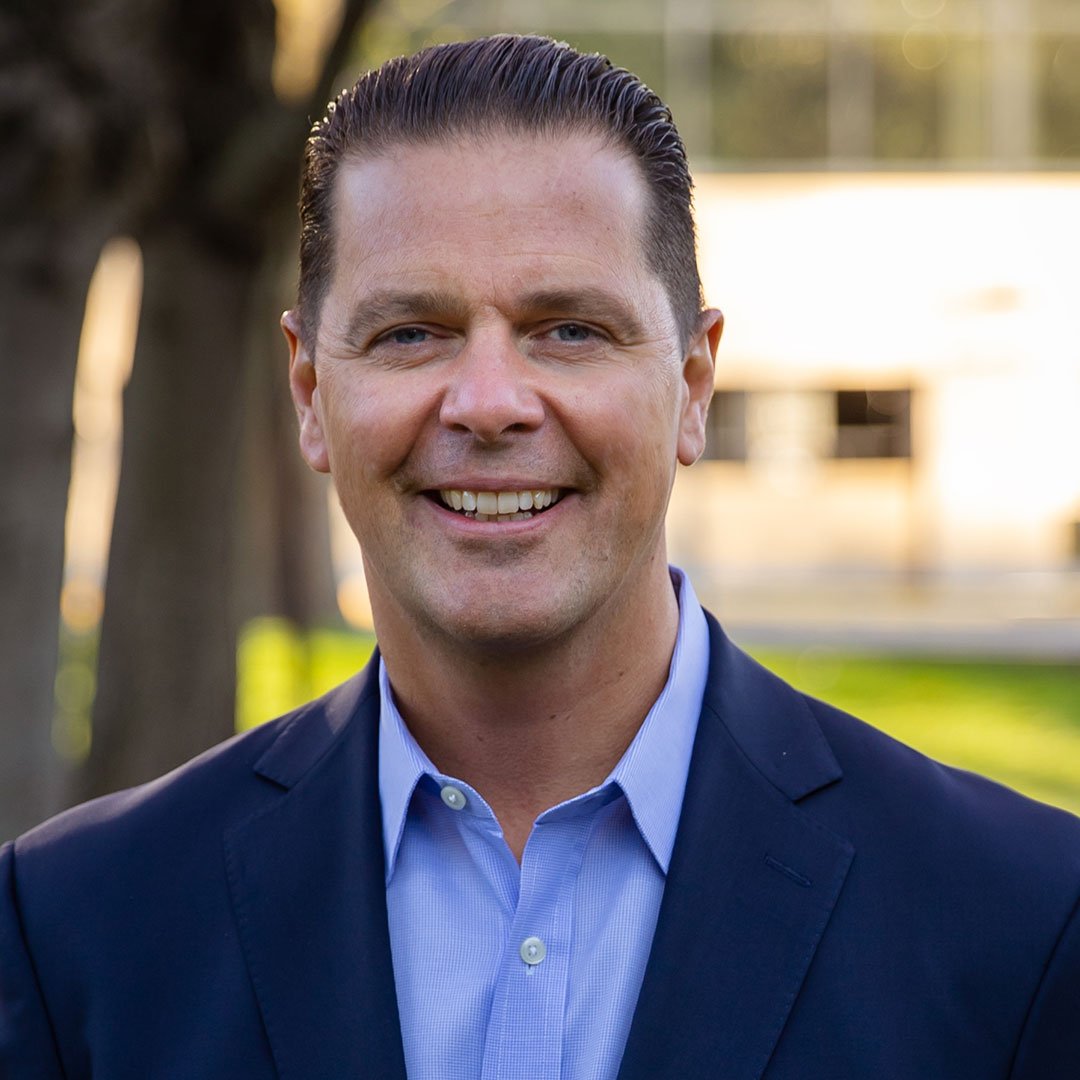While recession fears may have abated, interest rates remain high, and the uncertain economic climate continues to add pressure on chief financial offers (CFO’s). As they model the potential impacts of key decisions or market and global events to better prepare for future shocks, there’s an opportunity for IT to help them work on priorities over the coming year.
 CFO Focus Areas
CFO Focus Areas
In August, Gartner highlighted the priorities where CFOs and CEOs were most aligned:
1) Meeting or exceeding growth expectations.
Gartner suggests that companies see real benefits when they apply a continuous focus on:
- Ruthlessly prioritizing projects that align with strategic business priorities.
- Making significant, rather than incremental, changes to where capital is allocated.
- Quickly shifting capital away from low value to high uses.
2) Continuing investing in technology.
Gartner says that both CFOs and CEOs see AI as having a significant impact on their business and should invest it in to meet the needs of customers and employees, open new sources of growth, and create new markets.
In another report, Gartner forecasts worldwide IT spending will grow by 8% in 2024 as companies continue to invest in AI and automation to increase operational efficiency and bridge IT talent gaps. The company expects generative AI to become part of IT budgets starting with 2025 budgets.
3) Prioritizing workforce issues and addressing the talent shortage.
Gartner says CFOs should focus on talent retention through upskilling and training on digital skills, creating a sense of belonging and by revamping job descriptions to make them outcomes-based, and focusing on growth to attract top-tier candidates.
 Data intelligence and analytics hold the key
Data intelligence and analytics hold the key
PwC has echoed these priorities this year and has also identified opportunities for CFOs to use data to create consistent reporting metrics and frameworks to prepare for new SEC disclosure rules around Environmental, Social and Governance (ESG) issues. The company suggests integrating financial and non-financial reporting data to shape policies and procedures and show company progress to meet the needs of investors and customers.
PwC also notes that as CFOs invest in digital technologies, they’ll also need to focus on recruiting talent with analytics skills in mind, to unlock insights from financial data that informs strategic decision-making.
 The risks and costs created by digital architecture complexity and data chaos
The risks and costs created by digital architecture complexity and data chaos
To prioritize investments and shift capital away from areas of low value, CFOs need access to relevant data to answer questions such as which teams rely on the programs they are assessing and how vital are those programs. And, if some element of the program must continue, how will that impact maintenance and other costs?
Another maintenance cost that should be investigated is tech debt, as well as any implications it has on cyber security. The growing cost of cybercrime is a key area of concern for CFOs with the estimated global cost of cybercrime forecasted to increase by almost 70% between 2023 and 2028. A PwC survey found that 47% of finance leaders selected technology modernization as top of their 2024 agendas with 79% increasing cyber expenditures to tackle risks created by gaps and complexities in the digital architecture.
Findings from a Grant Thornton CFO study show that financial forecasting is occurring more frequently with 36% altering their forecasts at least weekly. This increased frequency in reporting, the financial skills gap, and a reliance on time-consuming manual processes are some of the reasons finance professionals said they are taking longer to do things according to research published this year. The findings suggest that automation tools are being overlooked. But without investment in automation, it’s going to become harder to model for the future, or to make accurate business decisions.
ReadyWorks can help you align with CFO priorities to achieve business goals.
DOWNLOAD THE SOLUTION BRIEF Aligning IT resources to help CFOs tackle priorities
Aligning IT resources to help CFOs tackle priorities
Working with CFOs to help tackle their priorities may seem like too much additional work for already overburdened IT teams. But it’s where IT teams also have the edge – they know where the data is held. Often, it’s in their existing IT & business systems, vendor platforms, and internally developed solutions. But because these systems don’t work together, there are blind spots that result in high levels of risk for the business and inadequately informed decision-making. Collecting, cleaning, and correlating the data from all these systems is accomplished via manual processes and a mountain of spreadsheets, which translates to massive inefficiency, misallocated resources, and unnecessary spending.
There is, however, a way to access the true value of all your tools and databases, making them work together, and that’s by using a digital platform conductor (DPC). A DPC connects to all relevant data repositories held around the business as well as vendor systems, unlocks the data within them, cleans and correlates it, and uses it to build intelligent reports that inform business decisions and automate business processes.
Using a DPC, IT can collaborate with CFOs to support a variety of initiatives. For example, a DPC can be used to show:
- Ways to reduce tech debt. A DPC can identify potential candidates for application consolidation and where workloads should be placed in the cloud. This will help remove digital transformation roadblocks along with mitigating cybersecurity risk and reducing resource support associated with tech debt.
- How to support FinOps initiatives. These could include optimizing cloud costs, accurately forecasting business needs, cost allocation, and more.
- Power consumption and true usage of data center resources. This will help the team identify ways to consolidate and shift resources to align with cost optimization strategies.
- ESG data related to IT operations, such as Scope 1, 2, and 3 GHG emission data, which can be used to define policies and make decisions to reduce emissions.
- Cybersecurity risks across the expanded digital estate with a clear picture of all assets as well as risks and vulnerabilities such as unpatched or unsupported systems and policy violations.
- Financial performance analysis. For example, a DPC could be used to assess financial performance of individual franchises/retail locations and variables affecting inventory and performance.
And, because a DPC continues to access updated source data, it can help CFOs manage reporting requirements more efficiently.
ReadyWorks is a digital platform conductor. Book a demo with ReadyWorks to understand how to maximize existing investments to support CFO priorities and drive better business decisions.

